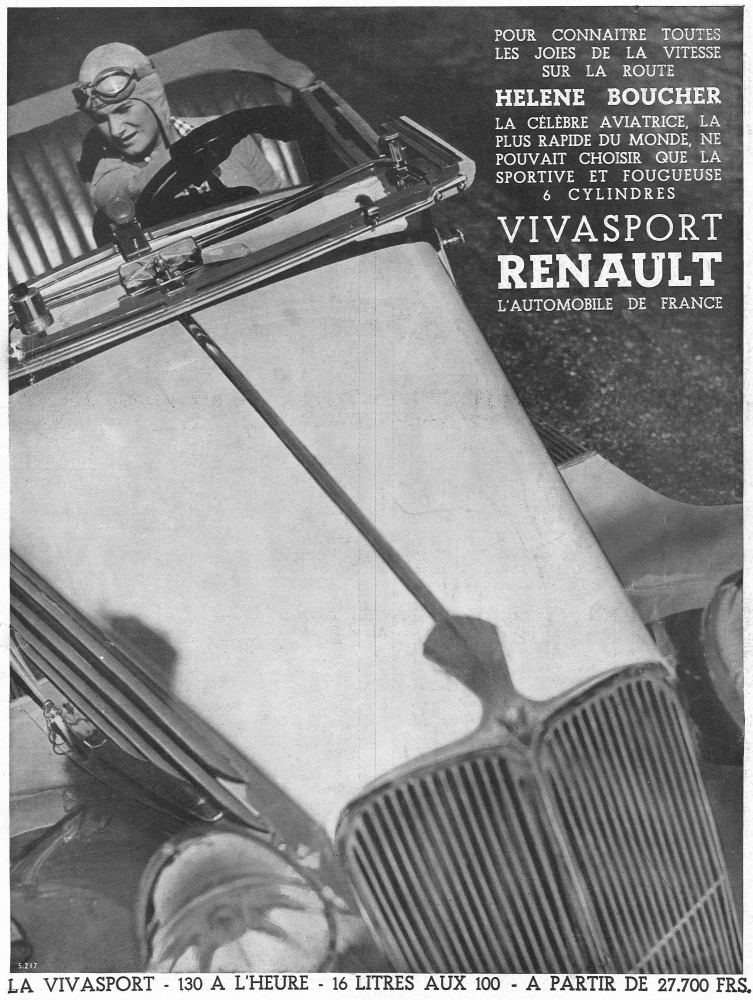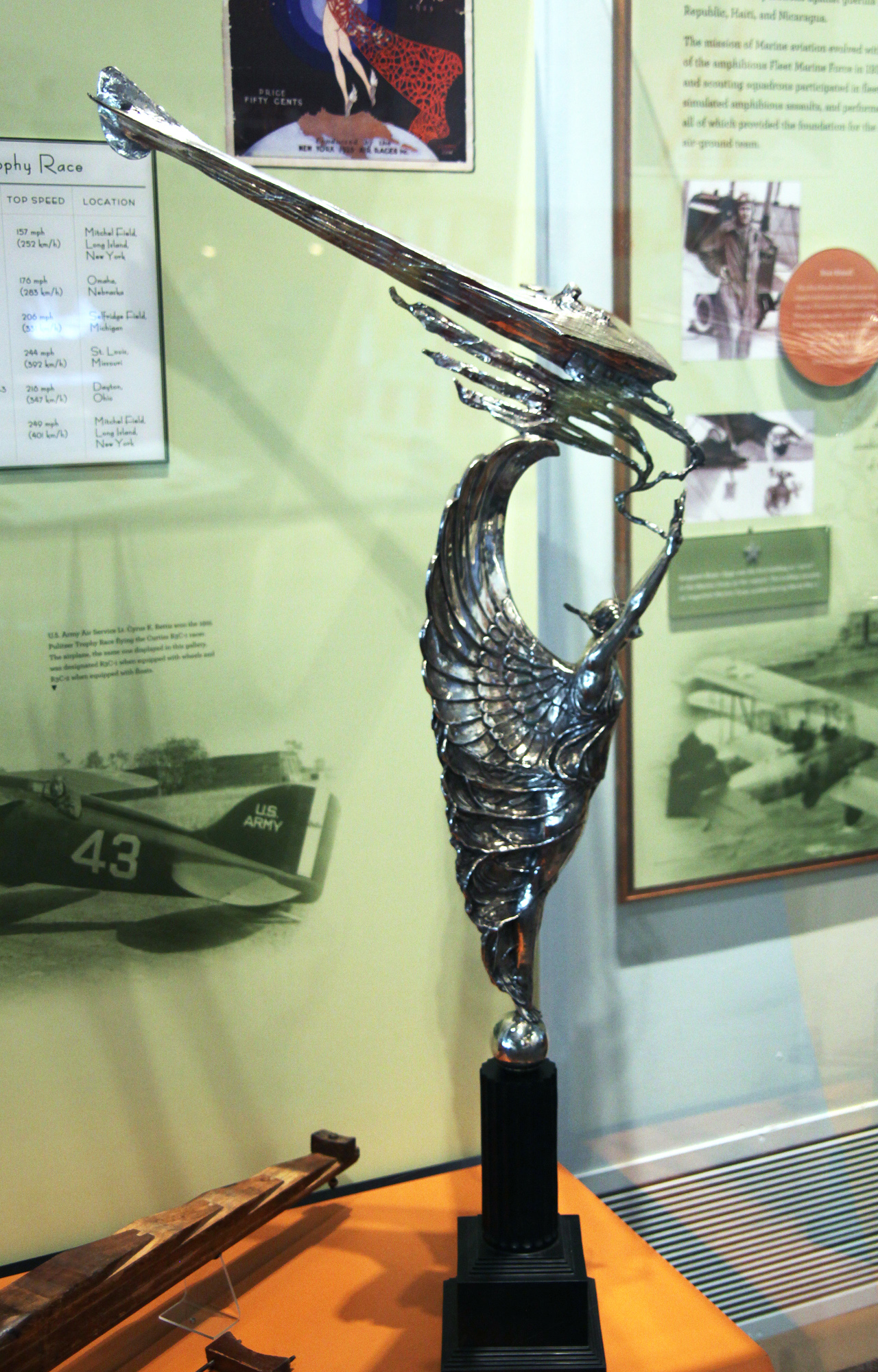|
Caudron C.460
__NOTOC__ The Caudron C.450 and C.460 were French racing aircraft built to participate in the ''Coupe Deutsch de la Meurthe'' race of 1934. Design Developed from the Caudron C.362 flown in the previous year's race, a single C.450 and three C.460s were built for the 1934 event. All were powered by a supercharged Renault 456 six-cylinder inverted air-cooled engine driving a Ratier two-position variable-pitch propeller. The airframe was primarily built from spruce and birch plywood, with steel and alloy engine bearers and magnesium cowling and fuel tanks. The wings were fitted with split flaps and the angle of incidence of the tailplane could be varied while in flight. The principal difference between the types was that the C.450 had a fixed spatted undercarriage, while the C.460 had a retractable undercarriage. This difference resulted in structural differences, the retractable undercarriage necessitating a two-spar wing for the C.460 in contrast to the single-spar wing used ... [...More Info...] [...Related Items...] OR: [Wikipedia] [Google] [Baidu] |
WikiProject Aircraft
A WikiProject, or Wikiproject, is a Wikimedia movement affinity group for contributors with shared goals. WikiProjects are prevalent within the largest wiki, Wikipedia, and exist to varying degrees within sister projects such as Wiktionary, Wikiquote, Wikidata, and Wikisource. They also exist in different languages, and translation of articles is a form of their collaboration. During the COVID-19 pandemic, CBS News noted the role of Wikipedia's WikiProject Medicine in maintaining the accuracy of articles related to the disease. Another WikiProject that has drawn attention is WikiProject Women Scientists, which was profiled by '' Smithsonian'' for its efforts to improve coverage of women scientists which the profile noted had "helped increase the number of female scientists on Wikipedia from around 1,600 to over 5,000". On Wikipedia Some Wikipedia WikiProjects are substantial enough to engage in cooperative activities with outside organizations relevant to the field at issue. For e ... [...More Info...] [...Related Items...] OR: [Wikipedia] [Google] [Baidu] |
Hélène Boucher
Hélène Boucher (23 May 1908 - 30 November 1934) was a well-known French pilot in the early 1930s, when she set several women's world speed records and the all-comers record for 1,000 km (621 mi) in 1934. She was killed in an accident in the same year. Biography Hélène Boucher was the daughter of a Parisian architect; after an ordinary schooling she experienced flight at Orly and then became the first pupil at the flying school run by Henri Fabos at Mont-de-Marsan. She rapidly obtained her brevet (no. 182) aged 23, bought a de Havilland Gypsy Moth and learned to navigate and perform aerobatics. Her great ability was recognised by Michel Detroyat who advised her to focus on aerobatics, his own speciality. Their performances drew in crowds to flight shows, for example at Villacoublay. and her skills gained her public transport brevet in June 1932. After attending a few aviation meetings, she sold the Moth and bought an Avro Avian, planning a flight to the Far E ... [...More Info...] [...Related Items...] OR: [Wikipedia] [Google] [Baidu] |
Caudron Aircraft
The Société des Avions Caudron was a French aircraft company founded in 1909 as the Association Aéroplanes Caudron Frères by brothers Gaston and René Caudron. It was one of the earliest aircraft manufacturers in France and produced planes for the military in both World War I and World War II. From 1933 onwards, it was a subsidiary of Renault. Alphonse (Gaston) (1882–1915) and René Caudron (1884–1959) Born in Favières, Somme to parents who farmed nearby in Romiotte, the Caudron brothers were educated at a college in Abbeville. Gaston, as Alphonse was always known, intended to become an engineer but his education was cut short by health problems; René was interested in the development of mechanics and was a sportsman. After military service in an artillery regiment, they returned to work on the farm. They began to build their first aircraft, a large biplane, in August 1908. Initially unable to obtain an engine, they flew it as a glider, towed by a horse, and tested it t ... [...More Info...] [...Related Items...] OR: [Wikipedia] [Google] [Baidu] |
1930s French Sport Aircraft
Year 193 ( CXCIII) was a common year starting on Monday (link will display the full calendar) of the Julian calendar. At the time, it was known as the Year of the Consulship of Sosius and Ericius (or, less frequently, year 946 ''Ab urbe condita''). The denomination 193 for this year has been used since the early medieval period, when the Anno Domini calendar era became the prevalent method in Europe for naming years. Events By place Roman Empire * January 1 – Year of the Five Emperors: The Roman Senate chooses Publius Helvius Pertinax, against his will, to succeed the late Commodus as Emperor. Pertinax is forced to reorganize the handling of finances, which were wrecked under Commodus, to reestablish discipline in the Roman army, and to suspend the food programs established by Trajan, provoking the ire of the Praetorian Guard. * March 28 – Pertinax is assassinated by members of the Praetorian Guard, who storm the imperial palace. The Empire is auctioned off ... [...More Info...] [...Related Items...] OR: [Wikipedia] [Google] [Baidu] |
Racing Aircraft
Air racing is a type of motorsport that involves airplanes or other types of aircraft that compete over a fixed course, with the winner either returning the shortest time, the one to complete it with the most points, or to come closest to a previously estimated time. History The first 'heavier-than-air' air race was held on 23 May 1909 - the Prix de Lagatinerie, at the Port-Aviation airport south of Paris, France. Four pilots entered the race, two started, but nobody completed the full race distance; though this was not unexpected, as the rules specified that whoever travelled furthest would be the winner if no-one completed the race. Léon Delagrange, who covered slightly more than half of the ten laps was declared the winner. Some other minor events were held before the ''Grande Semaine d'Aviation de la Champagne'' in 22–29 August 1909 at Reims, France. This was the first major international flying event, drawing the most important aircraft makers and pilots of the era, ... [...More Info...] [...Related Items...] OR: [Wikipedia] [Google] [Baidu] |
Piston Engine
A reciprocating engine, also often known as a piston engine, is typically a heat engine that uses one or more reciprocating pistons to convert high temperature and high pressure into a rotating motion. This article describes the common features of all types. The main types are: the internal combustion engine, used extensively in motor vehicles; the steam engine, the mainstay of the Industrial Revolution; and the Stirling engine for niche applications. Internal combustion engines are further classified in two ways: either a spark-ignition (SI) engine, where the spark plug initiates the combustion; or a compression-ignition (CI) engine, where the air within the cylinder is compressed, thus heating it, so that the heated air ignites fuel that is injected then or earlier.''Thermodynamics: An Engineering Approach'' by Yunus A. Cengal and Michael A. Boles Common features in all types There may be one or more pistons. Each piston is inside a cylinder, into which a gas is intro ... [...More Info...] [...Related Items...] OR: [Wikipedia] [Google] [Baidu] |
Caudron C
The Société des Avions Caudron was a French aircraft company founded in 1909 as the Association Aéroplanes Caudron Frères by brothers Gaston and René Caudron. It was one of the earliest aircraft manufacturers in France and produced planes for the military in both World War I and World War II. From 1933 onwards, it was a subsidiary of Renault. Alphonse (Gaston) (1882–1915) and René Caudron (1884–1959) Born in Favières, Somme to parents who farmed nearby in Romiotte, the Caudron brothers were educated at a college in Abbeville. Gaston, as Alphonse was always known, intended to become an engineer but his education was cut short by health problems; René was interested in the development of mechanics and was a sportsman. After military service in an artillery regiment, they returned to work on the farm. They began to build their first aircraft, a large biplane, in August 1908. Initially unable to obtain an engine, they flew it as a glider, towed by a horse, and tested it t ... [...More Info...] [...Related Items...] OR: [Wikipedia] [Google] [Baidu] |
Yves Lacombe
{{disambig ...
Yves may refer to: * Yves, Charente-Maritime, a commune of the Charente-Maritime department in France * Yves (given name), including a list of people with the name * ''Yves'' (single album), a single album by Loona * ''Yves'' (film), a 2019 French film See also * Yves Tumor, U.S. musician * * Eve (other) * Evette (other) * Yvette (other) * Yvon (other) * Yvonne (other) Yvonne is a female given name. Yvonne may also refer to: * Yvonne (band), a 1993—2002 Swedish group featuring Henric de la Cour * Yvonne (cow) a German cow that escaped and was missing for several weeks in 2011 * ''Yvonne'' (musical), a 1926 We ... [...More Info...] [...Related Items...] OR: [Wikipedia] [Google] [Baidu] |
National Air Races
The National Air Races (also known as Pulitzer Trophy Races) are a series of pylon and cross-country races that have taken place in the United States since 1920. The science of aviation, and the speed and reliability of aircraft and engines grew rapidly during this period; the National Air Races were both a proving ground and showcase for this. History In 1920, publisher Ralph Pulitzer sponsored the Pulitzer Trophy Race and the Pulitzer Speed Trophy for military airplanes at Roosevelt Field, Long Island, New York, in an effort to publicize aviation and his newspaper. The races eventually moved to Cleveland, where they were known as the Cleveland National Air Races.''about the Reno Air Racing Association'' Retrieved 2010-03-10. They drew the best flyers of the time, including [...More Info...] [...Related Items...] OR: [Wikipedia] [Google] [Baidu] |
Greve Trophy
Greve may refer to: Places * Greve (surname), includes a list of people with the name * Grevë, a village in Albania * Greve in Chianti, a town in Tuscany, Italy, at the center of the Chianti wine region * Greve Lake, Chile * Greve Municipality, a municipality in Region Sjælland on the island of Zealand, Denmark ** Greve Strand, the municipal seat of Greve ** Greve station, one of the railway stations in the Danish municipality * Place de Greve, former name of Place de l'Hôtel-de-Ville, Paris, France Other uses * Grevé, a Swedish cow's milk cheese * Greve Fodbold, a Danish football club * Greve Graphics, a defunct Swedish video game developer See also * Greave (or greve), a piece of armour that protects the leg * Greeves (other) * Greve, Buhrlage, and Company (other) * Grieve (other) {{disambiguation, geo, surname ... [...More Info...] [...Related Items...] OR: [Wikipedia] [Google] [Baidu] |







